- Zika virus: Delayconception if potential exposure: 8 weeks: females or 3 months: males
- Subclinical hypothyroid: Treatment is associated with improved pregnancy outcomes when TSH levels are above 4 mIU/L.
- Tubal patency: Hysterosalpingo-contrast sonography was recently introduced as an additional screening method to assess tubal patency.
Latest Updates
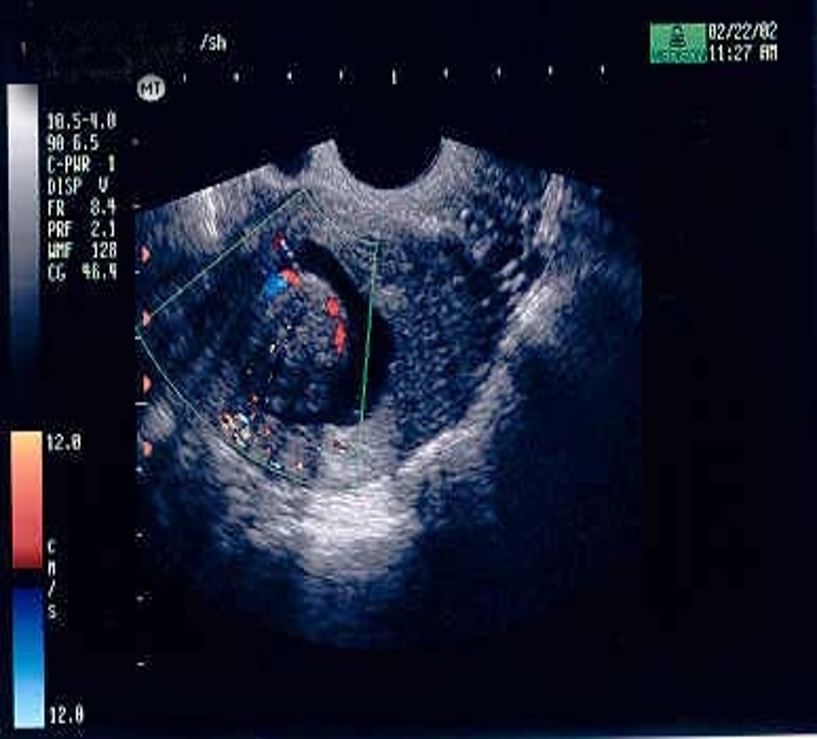
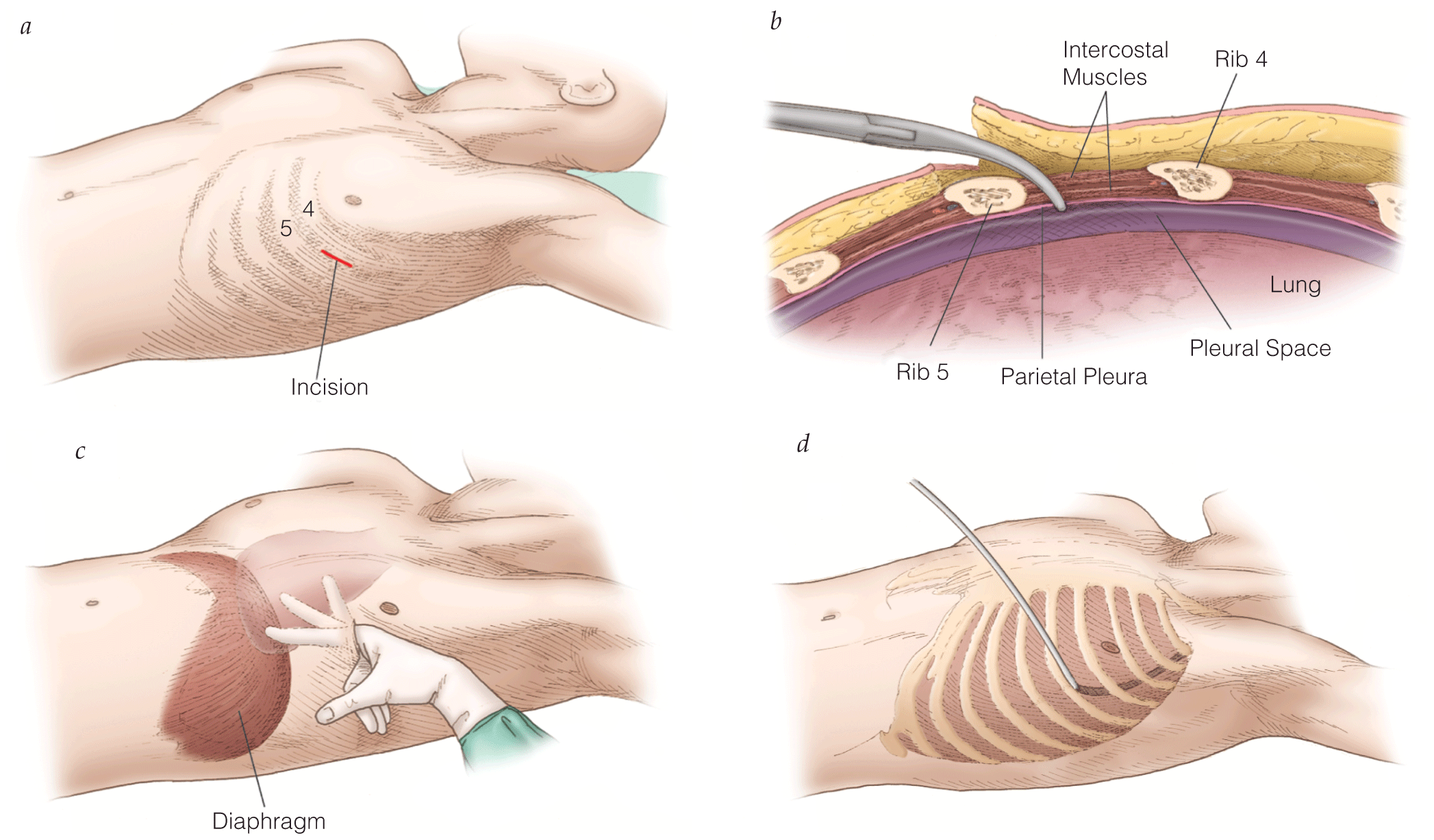
Initial Management of Life-Threatening Trauma
- Initial volume resuscitation should commence with 1 L isotonic crystalloid solution followed by blood products at 1:1:1 ratio (1 unit packed red blood cells to 1 unit fresh frozen plasma to 1 unit platelets) if the patient is not responsive to the initial fluid bolus.
- In patients with massive hemorrhage or evidence of fibrinolysis, tranexamic acid has demonstrated improved survival if administered within 3 hours of injury.
- Use of resuscitative endovascular balloon occlusion of the aorta may be an important adjunct in the control of life-threatening abdominal or pelvic hemorrhage.
- In cases of external hemorrhage of an extremity, a tourniquet should be used to control bleeding.
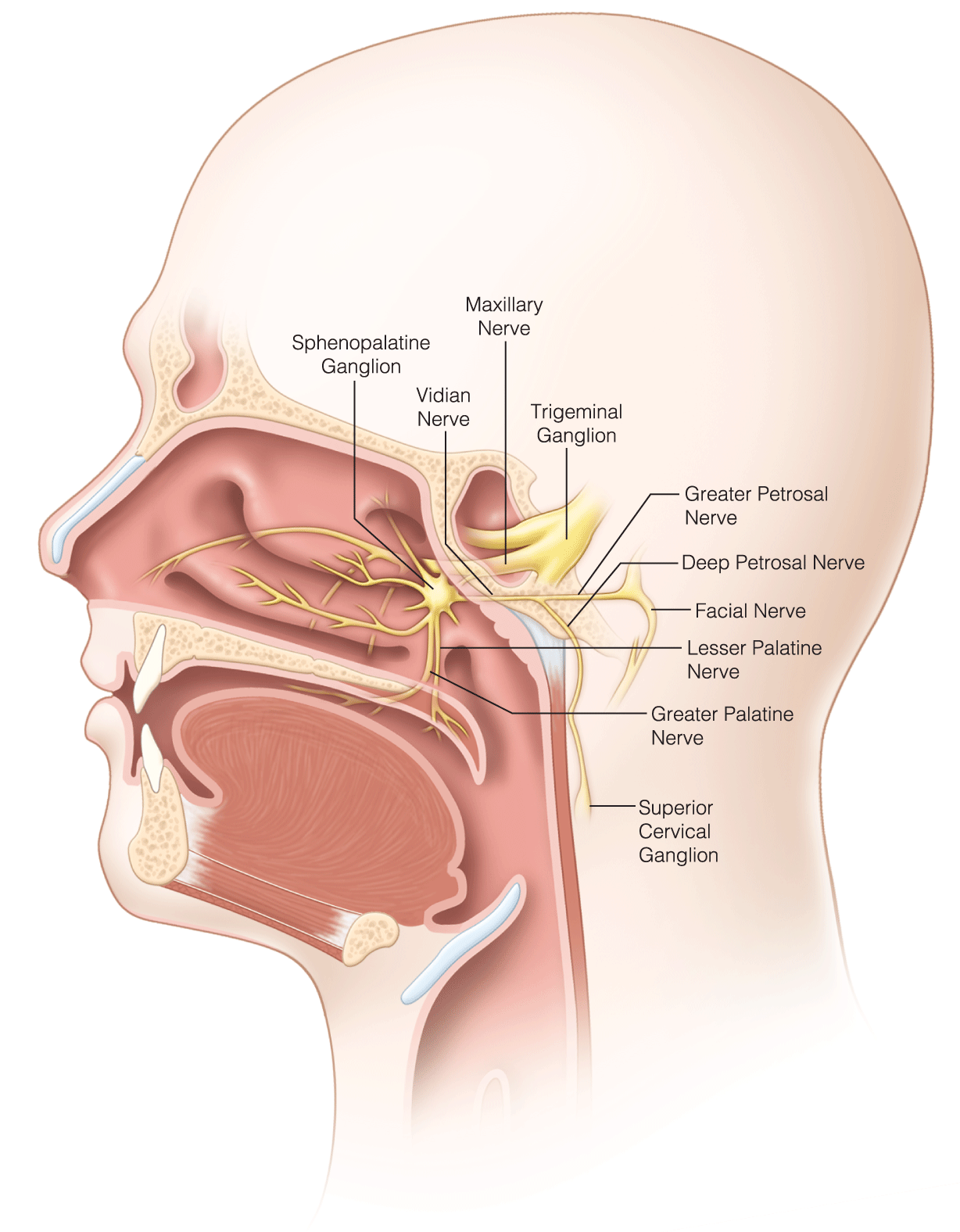
Nerve Blocks and Neurostimulation in the Treatment of Migraine
- Peripheral nerve and sphenopalatine ganglion blocks are a safe, effective treatment option for headache disorders, including migraine, although the evidence remains mixed for chronic migraine prophylaxis.
- Neurostimulation has emerged as an effective treatment modality for migraine, with both noninvasive and minimally invasive options available.
- Safe, effective, and noninvasive neurostimulation therapies available for migraine include transcutaneous supraorbital nerve stimulation for prophylaxis and single-pulse transcranial magnetic stimulation for the acute treatment of migraine with aura.
- Occipital nerve stimulation may be effective for some patients with intractable chronic migraine, although the evidence is mixed and procedure-related complications are common.
- Noninvasive vagus nerve stimulation and implanted sphenopalatine ganglion stimulation are emerging treatment options that may be useful for both acute and prophylactic treatment of episodic and chronic migraine.
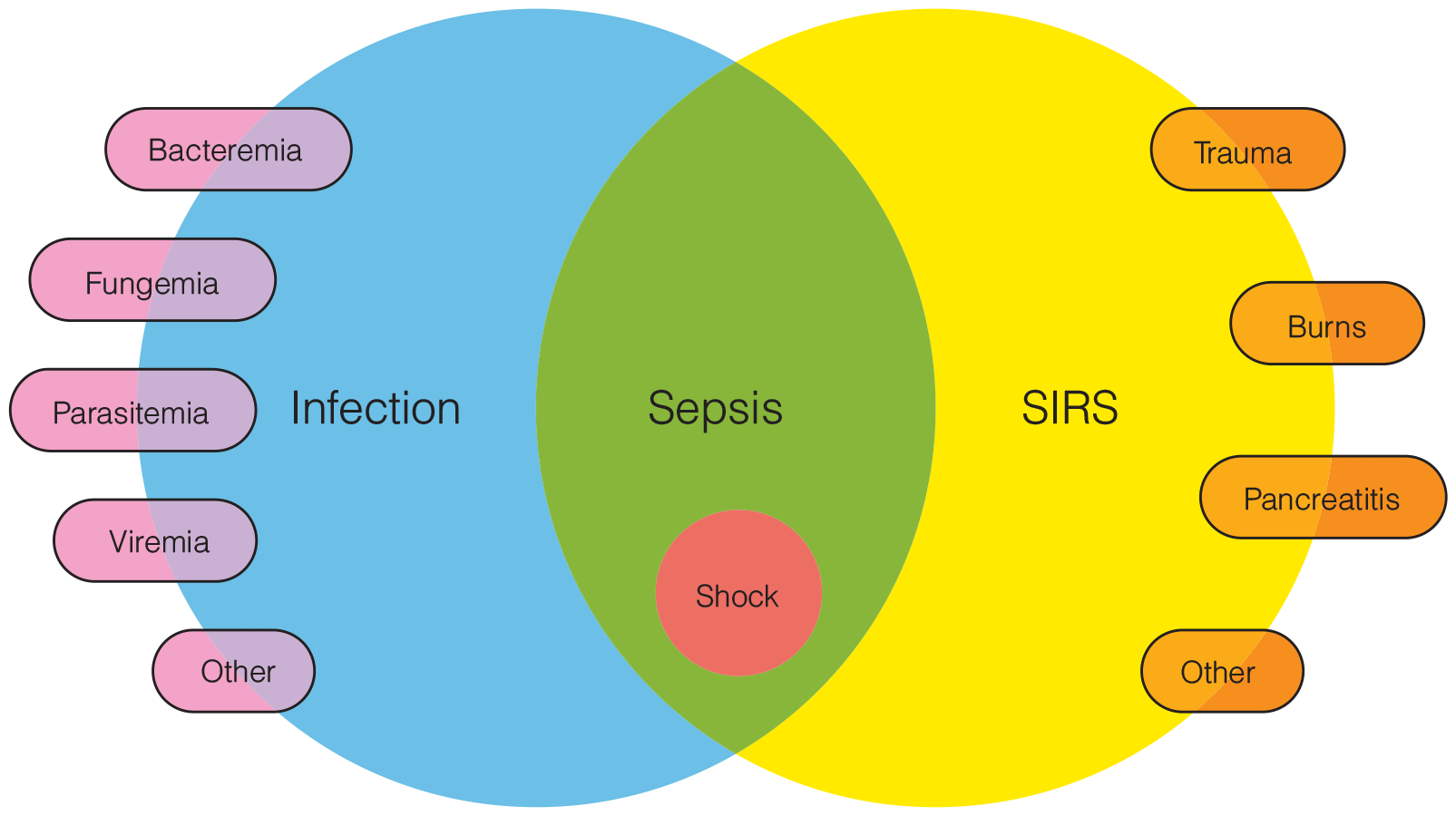
Prevention and Diagnosis of Infection
- Microbiologic studies are critical for characterizing infections. Gram stains and cultures of wound tissue, pus, sputum, urine, and drainage effluent are generally very useful. Identification of not only the particular organism involved but also of its specific antimicrobial susceptibility has become common practice in most hospital clinical laboratories.
- Treatment of CAUTI requires removal or change of the catheter along with systemic antimicrobial therapy. The predominant microorganisms causing CAUTI in the ICU are enteric gram-negative bacilli, Candida species, enterococci, staphylococci, and Pseudomonas aeruginosa. Multidrug resistance is a significant problem in urinary pathogens
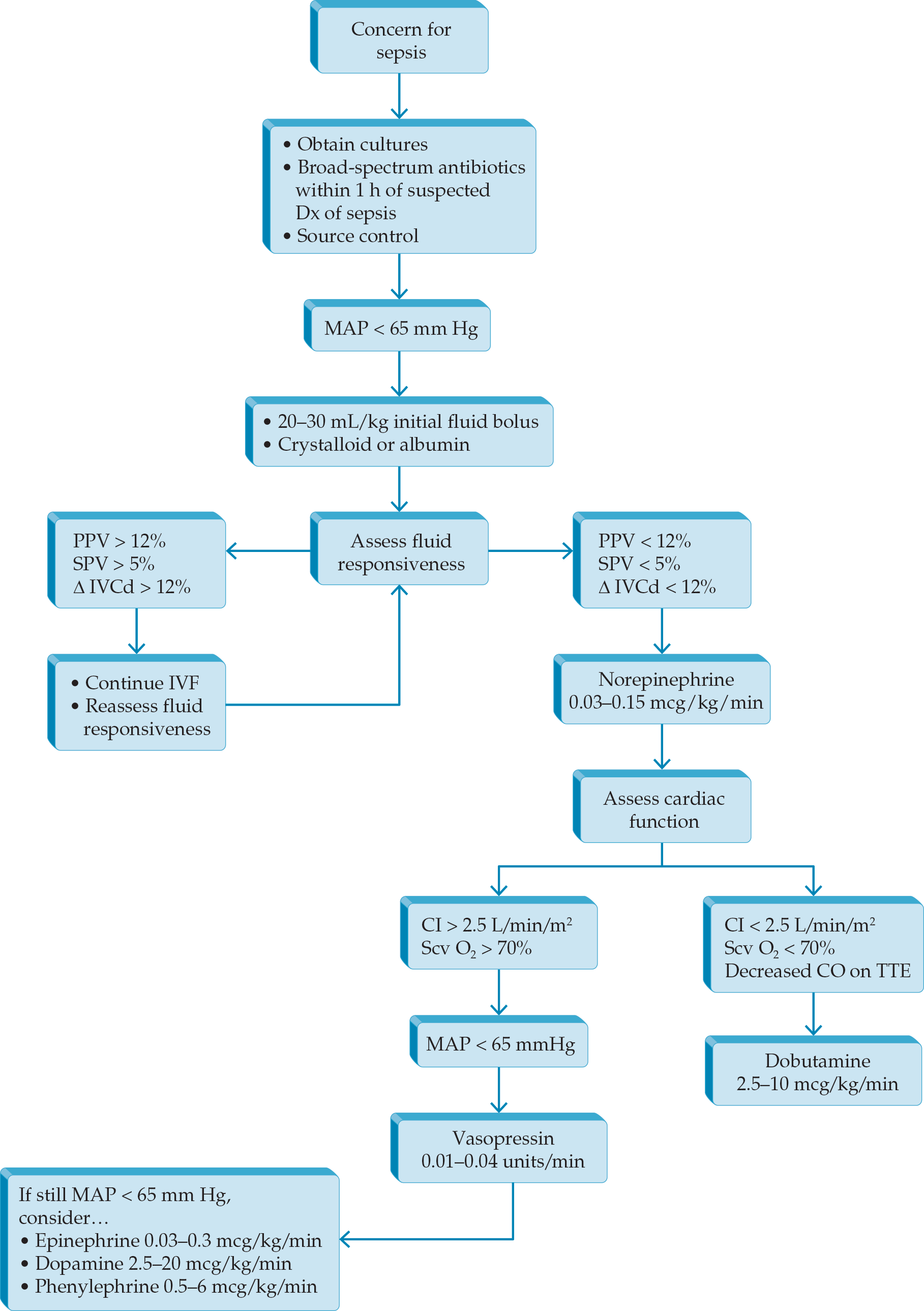
- Pulmonary hypertension can be treated with single or combination therapy employing calcium channel blockers, phosphodiesterase inhibitors, guanylate cyclase stimulators, endothelin receptor antagonists, and prostanoids.
- Levosimendan is a calcium sensitizer used to treat cardiogenic shock and right heart failure.
- Clevidipine is an ultra-rapid acting calcium channel blocker used for perioperative hypertension management in cardiovascular and vascular diseases, neurosurgery, and surgery for pheochromocytoma.

Prevention and Diagnosis of Infection
- Microbiologic studies are critical for characterizing infections. Gram stains and cultures of wound tissue, pus, sputum, urine, and drainage effluent are generally very useful. Identification of not only the particular organism involved but also of its specific antimicrobial susceptibility has become common practice in most hospital clinical laboratories.
- Treatment of CAUTI requires removal or change of the catheter along with systemic antimicrobial therapy. The predominant microorganisms causing CAUTI in the ICU are enteric gram-negative bacilli, Candida species, enterococci, staphylococci, and Pseudomonas aeruginosa. Multidrug resistance is a significant problem in urinary pathogens
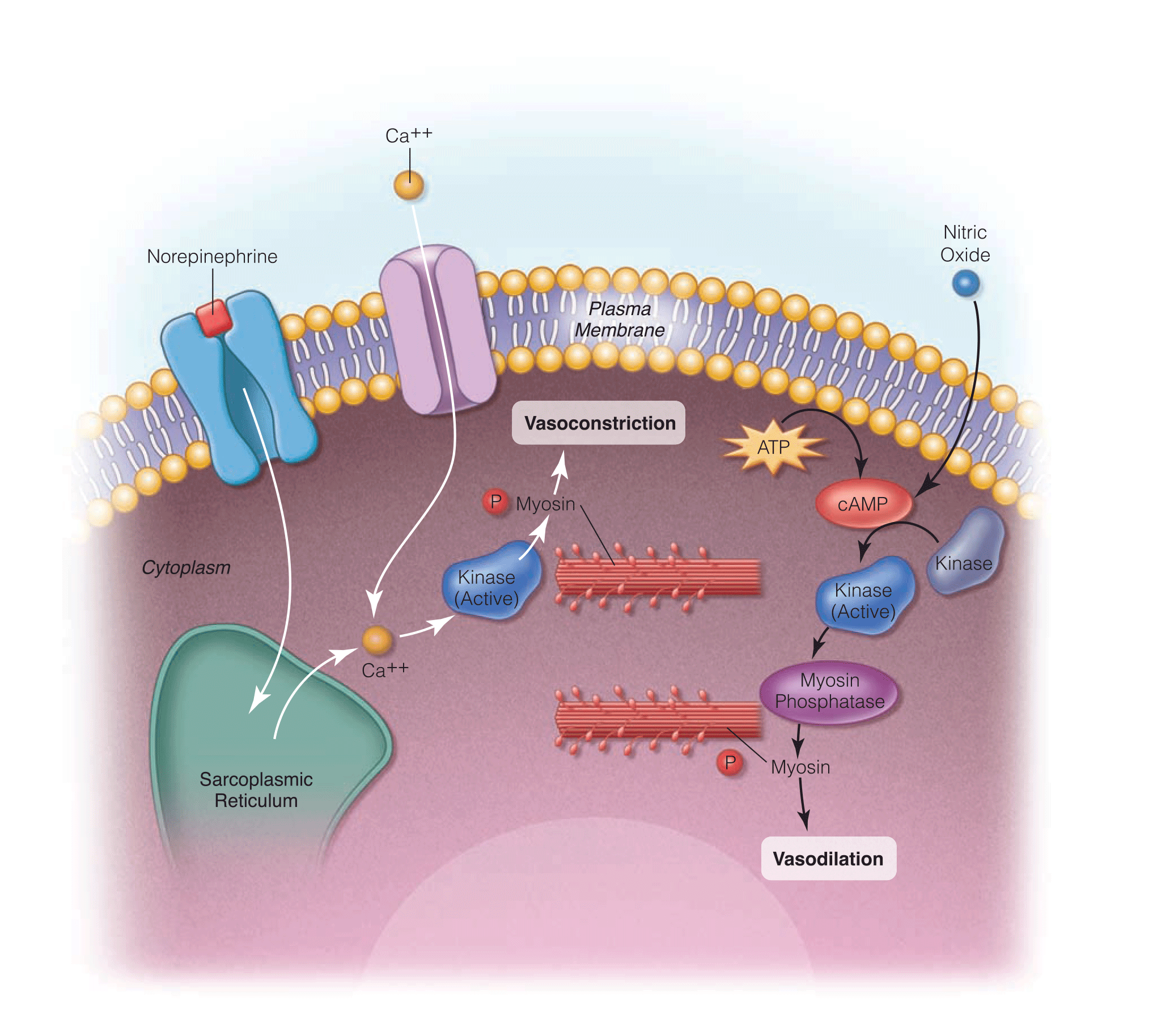
- Sepsis syndromes have been redefined (Sepsis-3 definitions) by international experts, based on sepsis mortality data extracted large administrative databases.
- National focus has turned to early identification of sepsis as a key determinant of outcomes. International critical care experts have recommended using the qSOFA criteria in the Emergency Department setting to identify sepsis risk in patients prior to obtaining diagnostics.
- The Center for Medicare and Medicaid Services (CMS) has added a sepsis quality measure (SEP-1) as a reporting requirement for all US hospital tied to Medicare & Medicaid reimbursement. This measure has increased awareness of sepsis performance and focused quality efforts on improvement.
- 2018 update to bundles to simplify to 1-hour bundle.
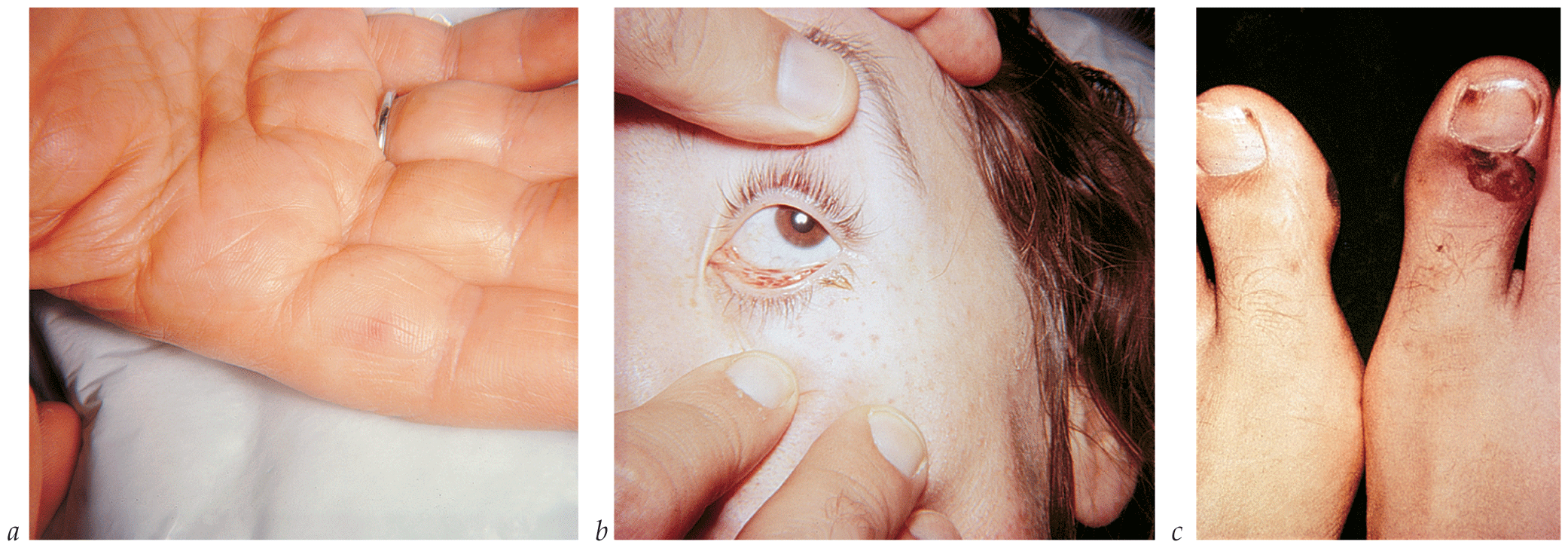
- Bactericidal antibiotics are used parenterally in high doses. With the exception of PVE caused by staphylococci, antimicrobial therapy for PVE caused by a specific organism uses the same drugs recommended for native valve endocarditis.
- Endocarditis caused by relatively penicillin-resistant (MIC = 0.2 to 0.5 µg/mL) viridans or other nonenterococcal streptococci is treated with a higher dose of penicillin G combined with gentamicin. If the strain is even more resistant to penicillin (MIC > 0.5 µg/mL), the infection is treated with one of the standard regimens for enterococcal endocarditis.
- Operative intervention to débride infected perivalvular tissue or to replace or reconstruct a dysfunctioning valve is important in the management of complicated infective endocarditis that involves either a native or a prosthetic valve. Overall, surgery is indicated in 25 to 40% of patients with infective endocarditis, and up to 45% of patients undergo surgery during the active phase of their disease.


.png)







